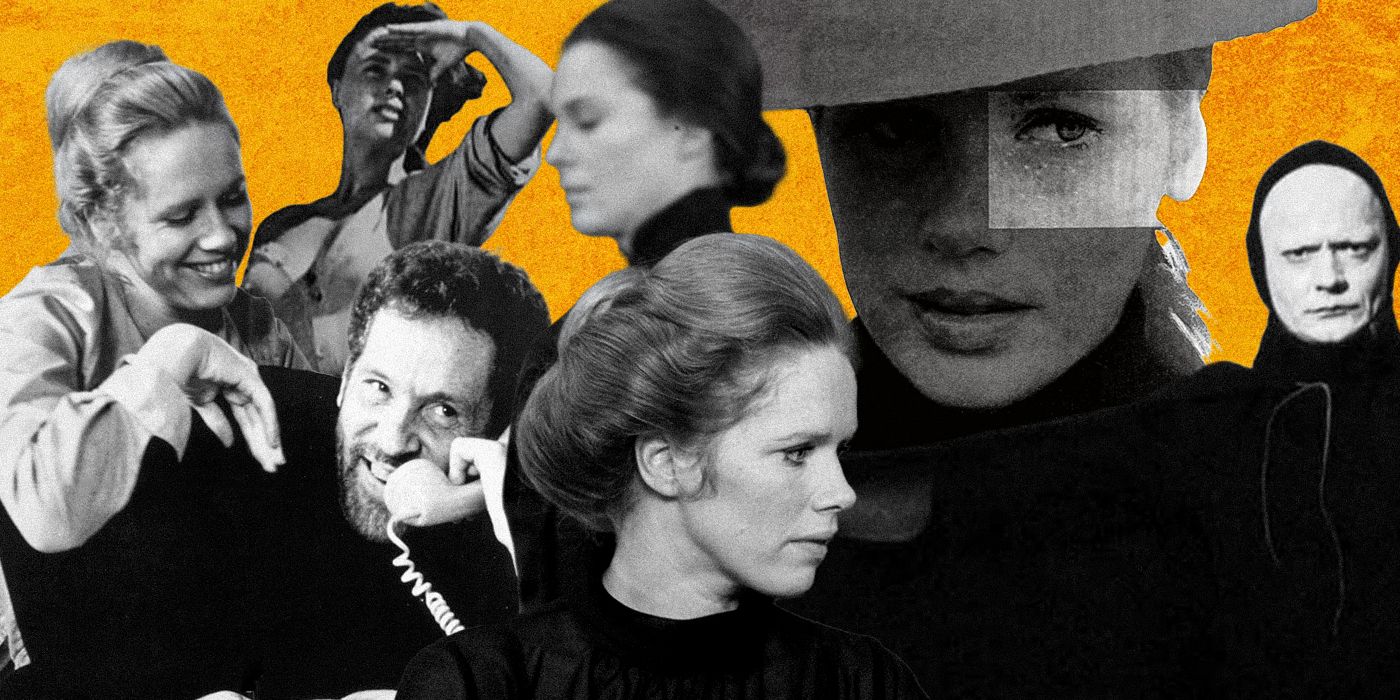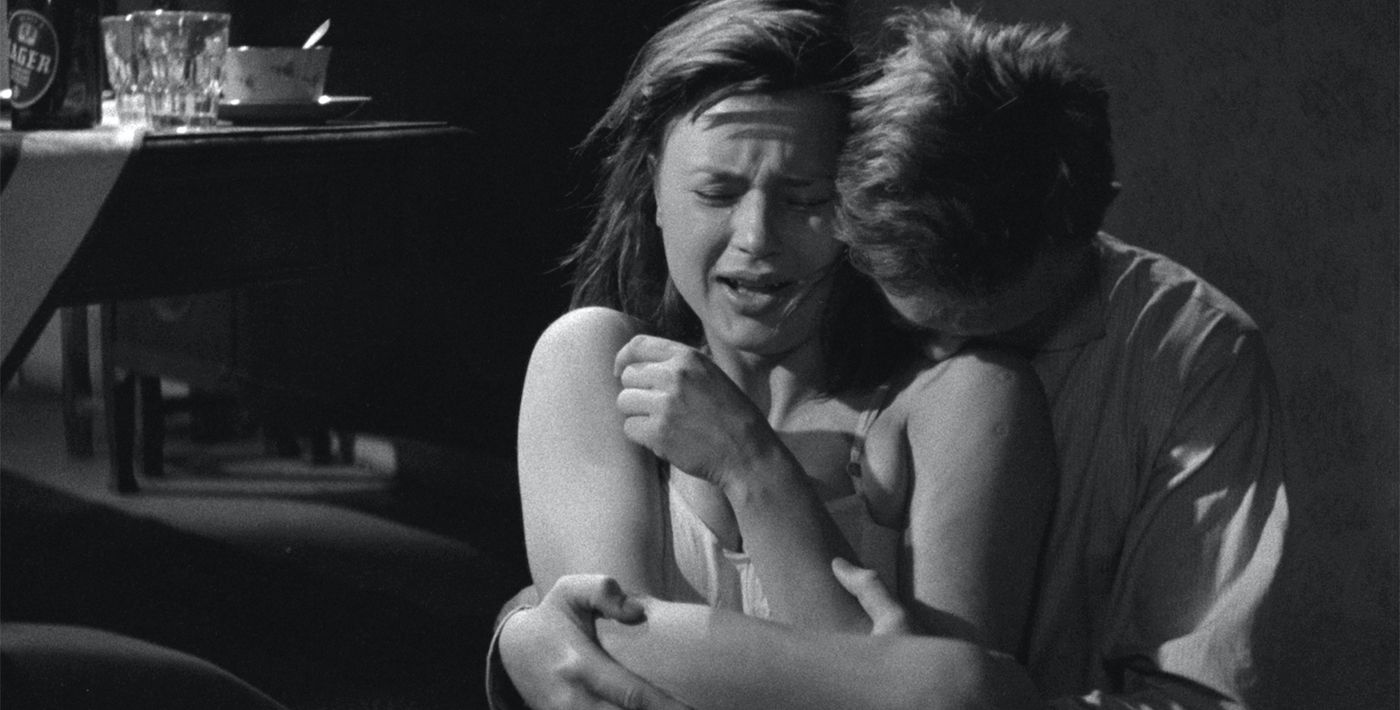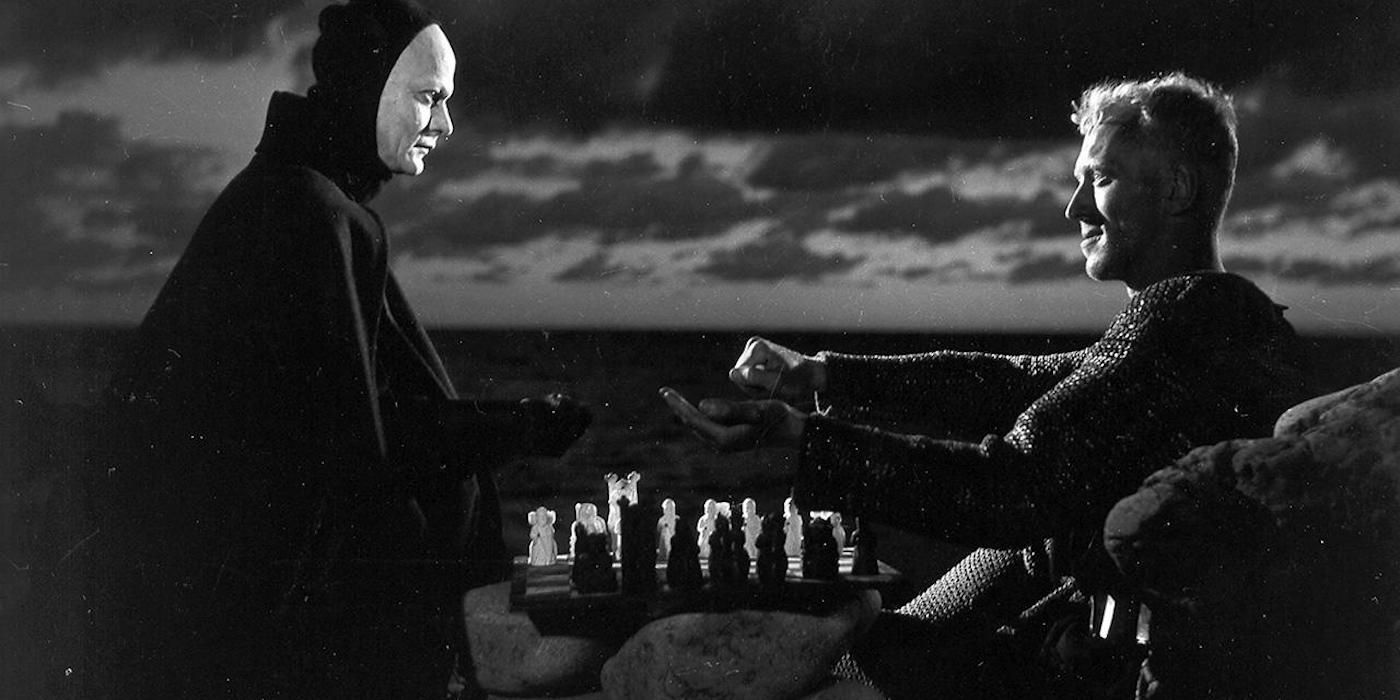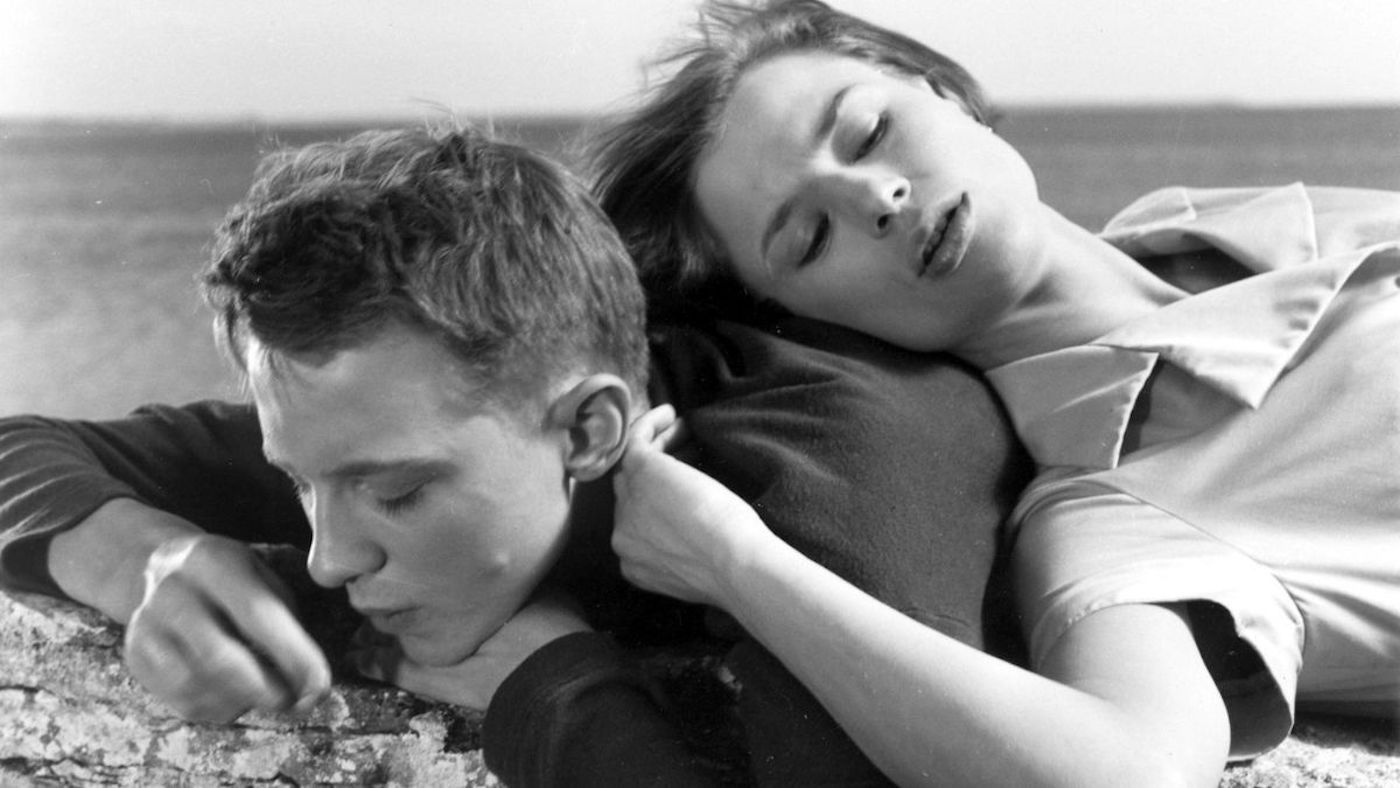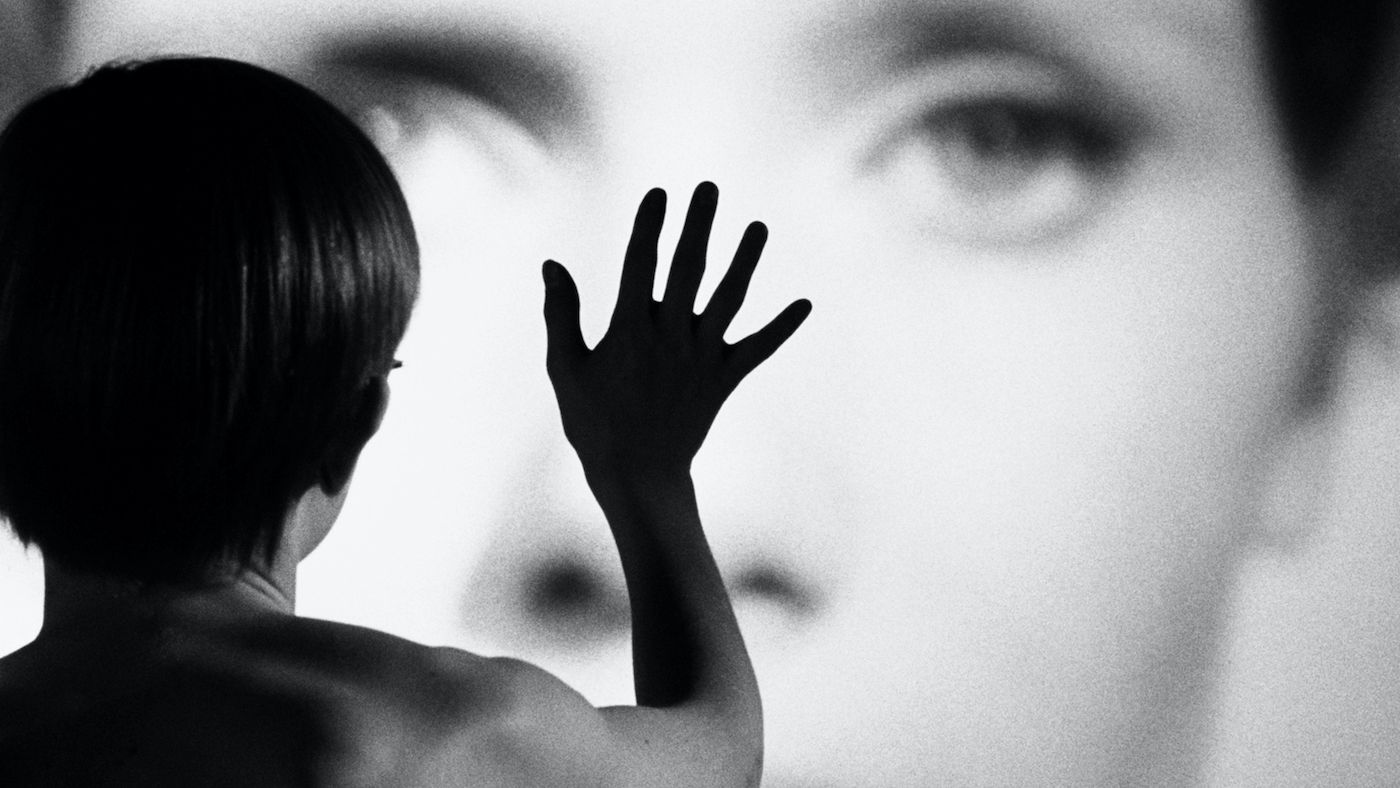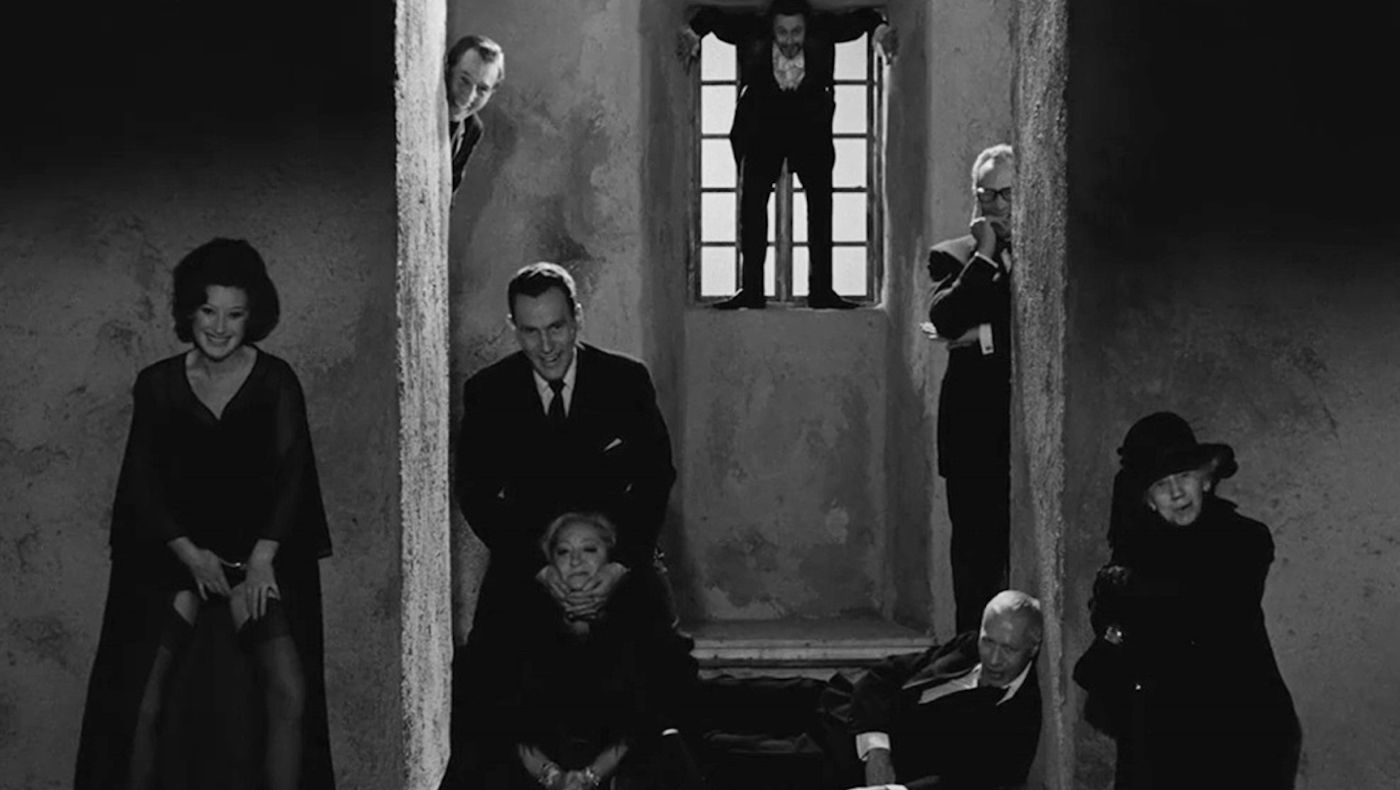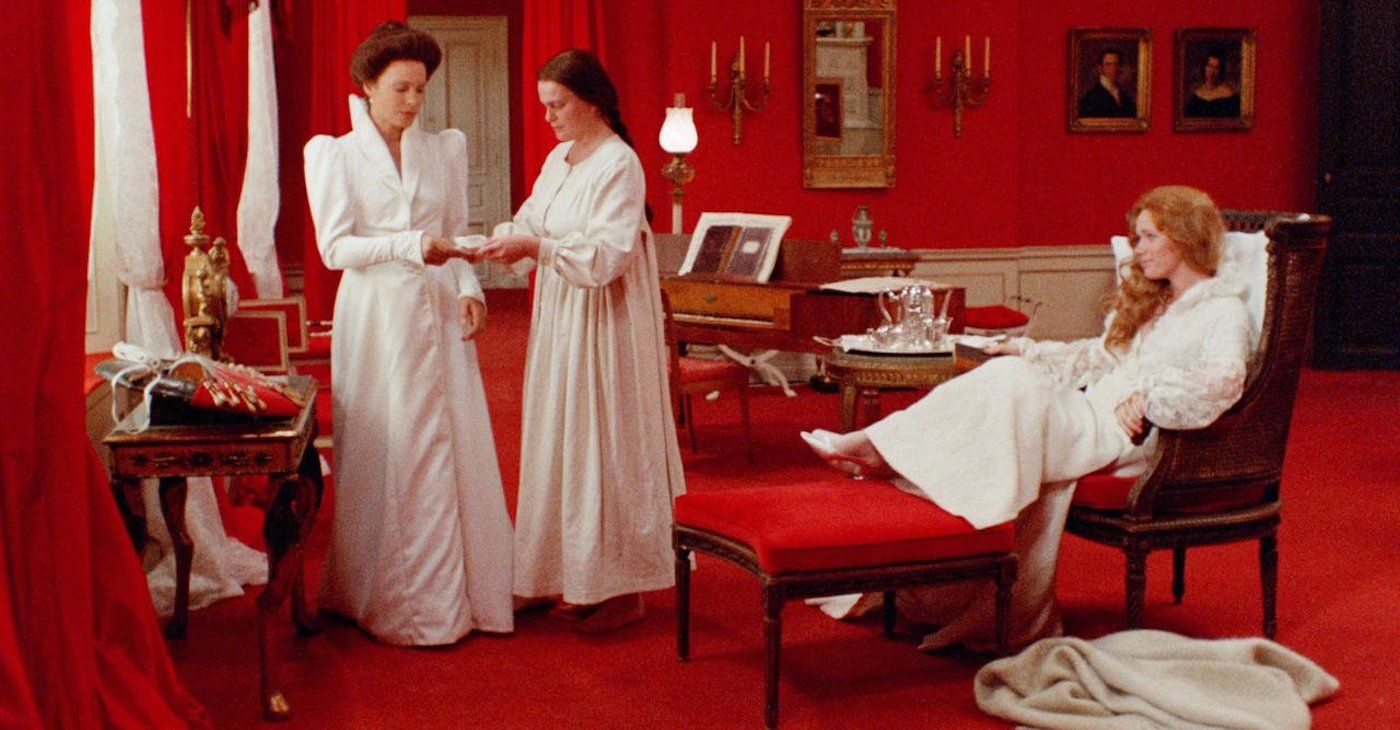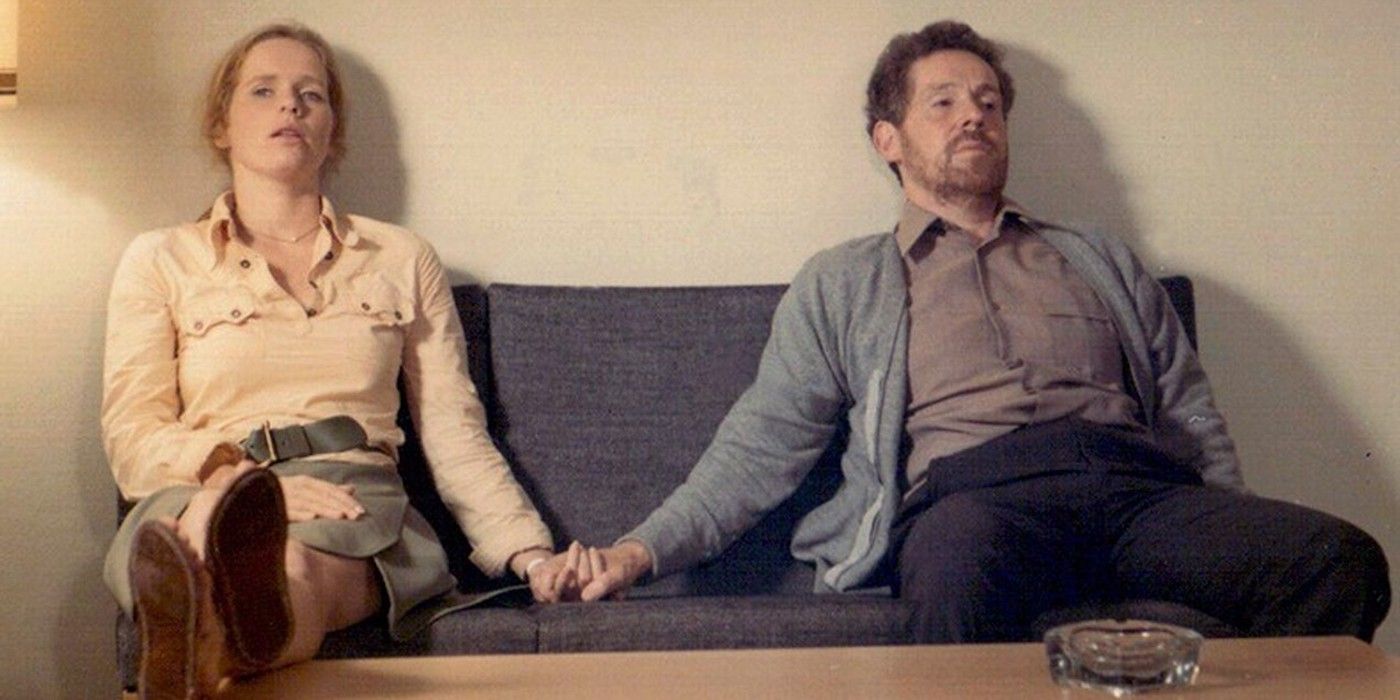There is a ghost in Mia Hansen-Løve's 2021 film Bergman Island, never seen but frequently mentioned by all those aware of his lingering presence. Ingmar Bergman, the Swedish filmmaker whose 49 films reshaped the face of cinema, has such an inescapable influence that, even after death, he remains.. In Bergman Island, he commandeers the topic of conversation, sparks fierce debate, and causes feelings of inadequacy to fester.
Set on Fårö, the same Baltic island that Bergman lived on and filmed many of his late-career masterpieces, Hansen-Love's film follows a filmmaking couple (Vicky Krieps and Tim Roth) as they attempt to work on the screenplays for their respective upcoming films. They talk Bergman, attend screenings of his films, and even partake in a “Bergman safari”, a trivia-heavy tour dedicated to scouting crucial locations of the director’s films. While knowledge regarding the filmography of the Swedish master can help with understanding the film's many references, an appreciation of the film isn't reserved merely for those initiated into the cult of Bergman. Bergman Island fans looking to delve into the oeuvre of Bergman may be intimidated by the director's staggeringly prolific output of nearly 50 films, the vast majority of which are well worth your time. Fortunately, we've compiled a list of the best Bergman films mentioned or referenced in Hansen-Løve's film. Here are 7 Ingmar Bergman films to watch after Bergman Island.
Summer With Monika
When it's referenced: This 1953 drama is Chris's pick for movie night, "a summer one", she suggests.
One of Bergman’s first hits, Summer With Monika follows the titular Monika (Harriett Andersson) as she forms an idyllic summer romance with Harry (Lars Ekborg). Quickly after its release, the film gained notoriety for its frank depiction of nudity and sexuality, the latter of which serves as a crucial theme of Bergman’s. Beyond its controversy, however, Summer With Monika is a prime example of Bergman’s early mastery of psychology and depth of character.
The film also accomplishes a tremendous skill of crafting powerful visual imagery, culminating in a soul-stirring shot of Monika’s long, unwavering gaze as she sits in a café. Deeply human and empathetic, Summer With Monika is the story of a liberated and independent woman. It’s a film far ahead of its time, and arguably Bergman’s first masterpiece.
The Seventh Seal
When it's referenced: This highly influential pick is Chris’s second pick for movie night.
After having secured the title of being one of the world’s most acclaimed directors, Bergman broke through to an even wider audience with The Seventh Seal. Beginning with the frequently-parodied scene in which a medieval knight (Max Van Sydow) engages in a chess game for his life against Death (Bengt Ekerpt), the film examines the inescapable effects of the Black Plague in Europe. As the film makes its way across a death-stricken Sweden, Bergman examines the consequences of war and disease through brutal and dark imagery.
The Seventh Seal maturely tackles heavy concepts of existentialism and atheism, but that doesn’t stop it from also becoming one of Bergman’s funniest films, with many moments of genuinely hilarious black comedy showing a sense of humor often abandoned in the director’s later work. With its allegorical storytelling and its morose, dreadful atmosphere, it is a film that remains to this day unmatched and unparalleled by even the most ambitious of filmmakers.
Through a Glass Darkly
When it's referenced: This work’s filming locations are visited by Chris and Anthony in separate instances.
It is because of Through a Glass Darkly that Bergman discovered Fårö, as the guide on the Bergman Safari would happily point out. Bergman’s first film on the island is also one of his most crucial works, serving as yet another turning point for his ever-changing artistic vision. It offers a candid depiction of a schizophrenic woman (Harriett Andersson) who struggles with episodes of psychosis during a vacation with her family on Fårö.
Here is one of the Swedish master’s most unapologetically unhappy works. Fårö is shown as a barren seascape, its desolation is utilized to underscore the characters’ helplessness. It can be argued that Bergman made a career for himself telling stories about cruel people acting cruelly, and Through a Glass Darkly is no exception. Characters, unable to persevere under the weight of trauma, grief, guilt, and a complete lack of belief, lash out at those they love. It’s a festival of misery and exploitation, a despairing yelp into the void.
Persona
When it's referenced: This Fårö-set masterpiece is mentioned by Anthony as a reference point for the level of quality that writers shouldn't expect to attain, and is also cited on the Bergman safari as the film “that saved Bergman's life”
If you're only to sample one Bergman film in an attempt to acquire an understanding of the director's greater body of work, there is no choice better than his 1965 masterpiece Persona. Frequently cited as Bergman's finest work, Persona is certainly his boldest, serving as a transitional point into his later, more aesthetically and thematically complicated films. Beginning with a prologue featuring a bizarre cacophony of disturbing sounds and images, Persona immediately distinguishes itself as something defiant of traditional form. It tells the story of acclaimed stage actress (Liv Ullmann), who has taken ill and suddenly stopped speaking, and her nurse (Bibi Andersson), as they travel to a seaside cottage to recover. As the true nature of the women's bond begins to unravel, Bergman makes profound statements about connection, artistry, and perception of life itself.
With Persona, Bergman merges psychological themes of insanity and the Jungian “persona” with the subjects of homosexuality and abortion. The film also features lurid sexual dialogue completely uncommon in films at that time, further maintaining the director’s status as one of cinema’s most daring artists. Performances by Andersson and Ullmann, among the finest of their lengthy and consistently impressive career, help elevate the film into unparalleled excellence. Although Bergman would go on to make some films perhaps more stylistically radical, Persona remains his strongest journey into the experimental, utilizing indelible images that linger long after the credits roll.
Hour of the Wolf
When it's referenced: This grim tale is Anthony’s pick for movie night but is rejected by Chris for its depictions of violence
Even though Bergman tended to avoid genre films throughout his lengthy career, Hour of the Wolf is the director’s closest flirtation with making a horror film. A painter (Max Van Sydow) and his wife (Liv Ullman) live on the island of Baltrum (though it was filmed, like many others, on Fårö), threatened by increasingly haunting visions experienced by the painter. Bergman constructs a series of inexplicable, frightening scenes, including one of the most horrific acts of violence featured in any of his films.
Rumored to be inspired by Bergman’s own psychological issues during his marriage to Ullman, Hour of the Wolf is a cryptic and thematically complex analysis of an artist’s decaying psyche. It presents itself in a package that, while difficult, is deeply rewarding. Camera tricks and flourishes that are infrequently in the rest of the filmmaker’s catalog are on full presentation here, and the result is a unique and truly unforgettable viewing experience. Though initially not as well-received as much of his previous work, Hour of the Wolf has since gained its rightful status as one of Bergman’s most underrated pictures, and an essential entry to his filmography.
Cries and Whispers
When it's referenced: After much debate, this is the film actually shown on movie night
Bergman’s 1972 chamber drama, Cries and Whispers, is a film drenched in crimson. The color is everywhere, used expressively to create a mood of bloody dread. Though it’s one of Bergman’s earliest color films, made after a career of making pictures in black-and-white, it remains devastatingly beautiful to look at. In fact, frequent Bergman collaborator Sven Nykvist won an Academy Award for his cinematography in the film. Underneath its shimmering veneer, however, lays a tale of immense anguish. A woman (Harriet Andersson) dies slowly of terminal cancer, while her nurse (Kari Sylwan) and two sisters (Liv Ullmann and Ingrid Thulin) attempt to reconcile with the immense emotional distance that lies between them.
With Cries and Whispers, viewers are shown that Bergman has long ago mastered his craft, making meticulous dramas with layers of psychological depth and too much meaning to unpack in a single viewing. It is a deeply lyrical symphony of a film, with sounds and images intertwined to convey a message from an entirely singular artist. In Bergman Island, Chris gives her take on the film: "[it's] like a horror movie without catharsis". Truer words have never been spoken of Cries and Whispers.
Scenes from a Marriage
When it's referenced: This story about two disconnected lovers features the same bed and bedroom slept in by Anthony and Chris
Initially released as a six-part miniseries, then condensed for a nearly three-hour theatrical release, Scenes from a Marriage presents itself in a title that simply must be ironic. Of course, the film does depict a marriage as the title suggests, but the scenes presented are nothing that anybody involved in a romantic relationship could hope to relate to. Marianne (Liv Ullmann) and Johan (Erland Josephson) play a married couple of 10 years whose relationship, over the film’s several hours, begins to fall prey to jealousies and grievances too bitter to be forgotten. The dissolution of this marriage, captured in a small number of lengthy, dialogue-heavy scenes, feels inevitable from the earliest moments of the film. It is, after all, a Bergman picture.
Before this film, few others depicted the dark side of love and marriage with such sincerity. The two lead actors perform with such an electric believability that it’s practically impossible not to get swept away by the grandeur of their emotions. They show us that on occasion love is imperfect, even devastatingly so. At times it can even be a rotten, putrid thing that, at its core, somehow still contains the unblemished beauty of what once was. Influencing generations of filmmakers who set out to depict the anguish of a failed marriage, Bergman’s work was also remade into a miniseries starring Oscar Isaac and Jessica Chastain in 2021. Little to nothing can compare to the unflinching original, though, as this later Bergman work remains one of his final masterpieces.

